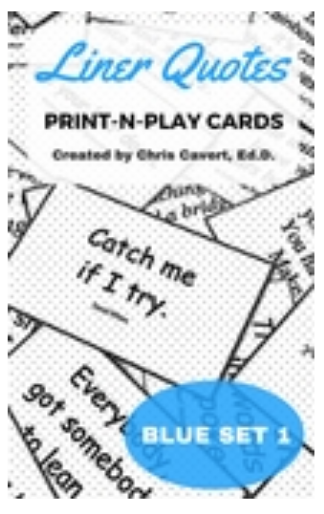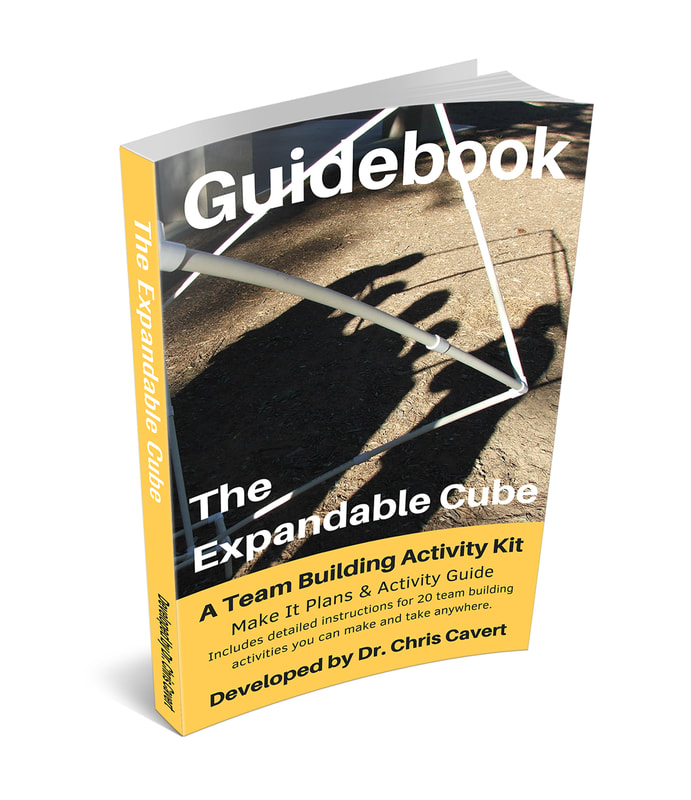
Set Up: Have your participants form into two lines of 5 to 10 people (I'll share about larger groups below) and have the two lines face each other (like in the picture). With younger students (e.g., kindergarden) the lines will be about five feet apart. With older groups (e.g., age 13 and above), set the lines eight to ten feet away. Have a variety of safe tossable objects ready for the challenge. Examples: Tennis Ball, Playground Ball, Beach Ball, Dodge Ball, Rubber Animal, Foam Pool Noodle, Water Balloon. A friend of mine, since he has one, uses a bowling ball, rolling it between lines (carefully).
Process: The basic challenge is to toss/catch (NOT hit like Moonball) the object of choice from one line to the other (zig-zagging) down the lines and back again for time. Simply changing the object of choice will vary the challenge level. Here are some other rules to add in order to vary the challenge even more:
- Everyone in the group must toss and catch the object at least twice (the first person to toss the object will need to figure out when to toss the object again).
- Two or three objects are started with the same person (objects will have to cross each other at some point).
- An object starts at either end of the lines (two objects in play) - remember, different sorts of tossables will vary the challenge (objects will have to cross two different times).
- Alternate between a toss and a roll of the object or, using multiple objects, one is tossed and one is rolled.
Larger Groups: With groups of up to 40 (I've only tried Zig-Zag so for with 40 - could do more?), form more than two lines (no more than 10 players in a line). The lines will still be set up across from each other. Start a tossable object at the end of each line (e.g., three lines, three tossables). In this variation some players will have double duty working objects between two lines - the players in the lines at the ends of your formation will have to call out the names of the players standing with the inside lines - these players will need to turn around to receive tossables from the outside and inside lines - some tossers will need to wait on some catchers until they finish tossing to another line, then turn around. (You could, of course, simply have multiple zig-zag activities going on at the same time with two-line sets of players, but integrating the lines is much more interesting.)
Let me know if you come up with other zig-zagging variations. Add to the Comments below.
All the best,
Chris Cavet






 RSS Feed
RSS Feed